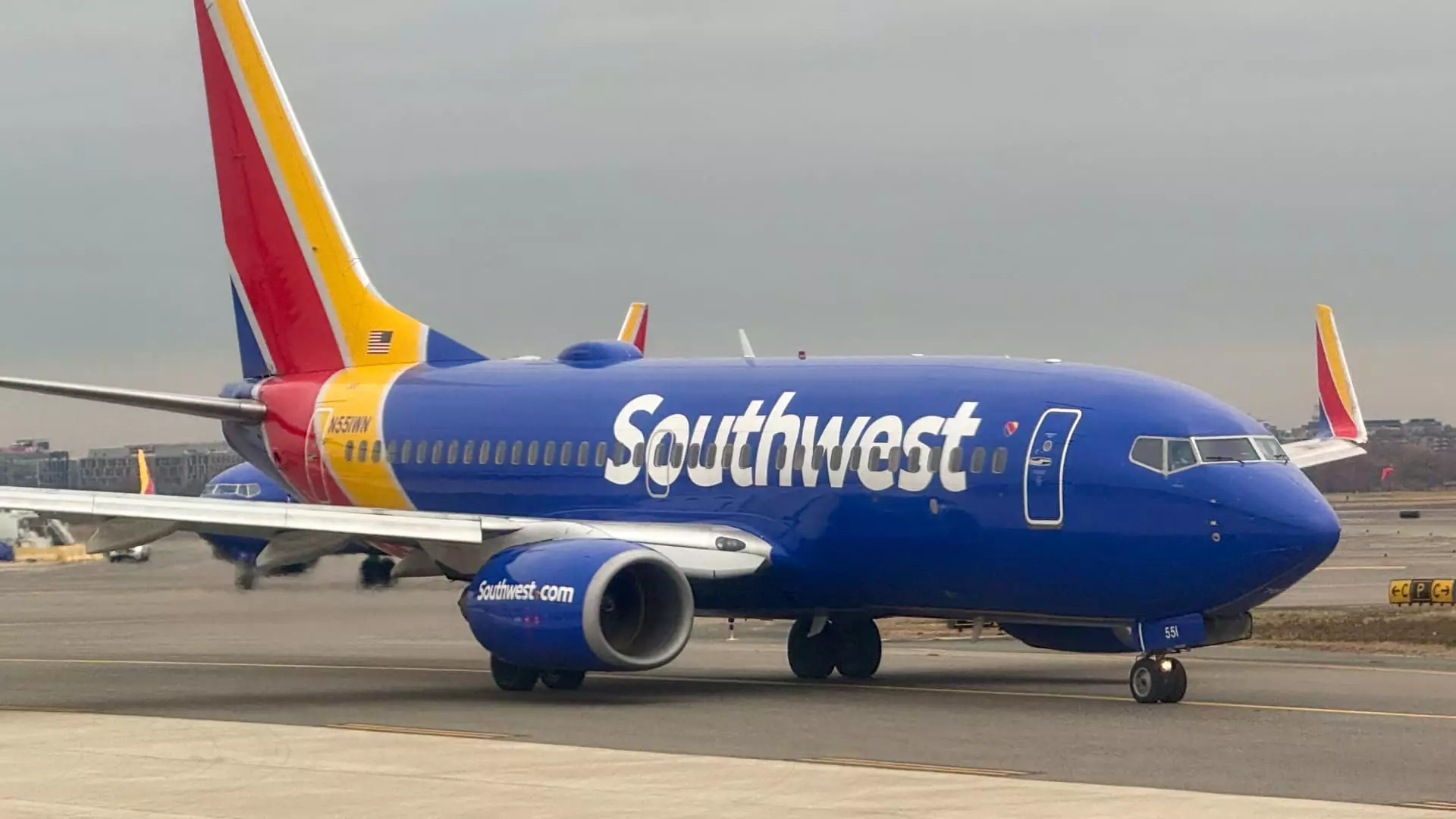In a surprising and significant shift in its operational strategy, Southwest Airlines has announced a major reduction in its corporate workforce, signaling a moment of dire necessity within the organization. Approximately 1,750 employees, or about 15% of its corporate staff, will face job cuts. This decision, described by CEO Bob Jordan as “unprecedented” in the airline’s 53-year existence, is not merely a reaction to temporary market fluctuations. Instead, it reflects a broader trend in corporate America where companies reassess their structural and financial positions in the face of increasing competition and economic pressures.
From a financial standpoint, Southwest anticipates that the layoffs will generate significant savings, projecting $210 million in savings for the current fiscal year and $300 million by 2026. This cost-cutting initiative may initially raise concerns regarding the impact on employee morale and customer service, yet the airline emphasizes that it is essential for maintaining a competitive edge in the market. The need for financial prudence is further underscored by the mounting pressures posed by operational inefficiencies and the complexities of modern air travel.
The timing of these layoffs follows a contentious engagement with Elliott Investment Management, an activist investor that has urged for a more aggressive reshaping of the company’s management and operational practices. Although Elliott did not succeed in ousting Jordan, it did manage to secure five board seats, marking a significant influence on the company’s strategic direction. This interaction illustrates the tense interplay between corporate governance and financial performance, where external pressures increasingly dictate internal changes.
Beyond staff reductions, Southwest has implemented a series of operational adjustments designed to streamline processes and enhance profitability. Recent efforts include a hiring freeze, suspension of its internship program, and the discontinuation of long-standing team-building events, all traditionally viewed as integral to the company’s culture. Additionally, the airline has taken the bold step of restructuring its seating arrangements, moving from its iconic open-seating policies to assigned seats, demonstrating a willingness to abandon time-honored practices in favor of profitability.
As Southwest Airlines embarks on this transformative journey, the effects of these unprecedented layoffs and operational changes will unfold in the months ahead. While the immediate goal is clear—streamlining operations to achieve cost efficiencies—the long-term implications for employee morale, company culture, and customer loyalty remain uncertain. Will these drastic measures fortify Southwest against the turbulence of the modern travel sector, or will they yield a disconnect that ultimately harms the brand? The answers lie in how effectively the airline can balance its restructured goals with the expectations of both its workforce and its customers.

Leave a Reply